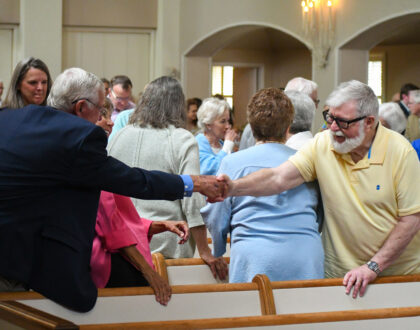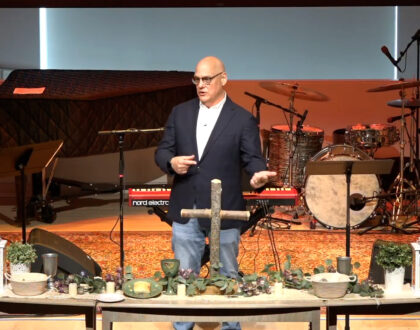The Pandemic’s Lasting Impact on Churces

Leading a congregation through Covid was one of the most challenging things I have ever done. Other faith leaders that I have talked to agree. Nobody took a class in seminary focusing on church leadership during a global pandemic. Over the past two years, many ministers have retired early and many others have left the church to do something completely different. This became easy to understand when they got repeatedly criticized for holding a worship service, youth activity, or fellowship dinner. Covid brought out some of the worst behavior and divisions among members and leaders. Everybody was stressed, fearful, and uncertain about the future. Matters of politics and race did not help the situation. It’s still too early to know what the pandemic will mean for churches in the long run, but we do have some specific trends that have emerged which can be identified. In talking to other faith leaders, here are twelve of the lasting effects that the pandemic has had on North American congregations:
• Most churches (not all) have now returned to the 55-80% range of pre-pandemic in person church attendance; very few are above that mark.
• Online worship is now the preferred option for many and churches should be intentional in offering it. This has become a ministry in and of itself
• Many members who were marginally committed to the church simply have not and will not come back. Their Sundays are now filled with other activities.
• Covid also revealed some church leaders who were not truly committed to being present.
• The pandemic presented a unique opportunity for “church shopping” and many have taken advantage of it, both online and in person.
• *Many now believe that attending once a month constitutes regular church attendance.
• People missed their small groups most and that was the first thing they wanted back. Isolation and disconnection was very difficult.
• It became clear that much of the programming offered in churches was ineffective and only kept active members busy and overextended.
• Churches should now realize what matters most – vibrant worship, forming small groups, and mission. Church mission statements should reflect these basic priorities.
• Churches that are reaching young families, children, and youth have a much brighter future than those who are not. Young leaders are essential for the future.
• Staffing structures and areas of specialization will need to change and evolve; many churches are still staffed for the year 2000.
• Effective biblical preaching must lead to self-reflection, inspiration, and ultimately life change.
These observations are based on personal experience and what I have heard other faith leaders report. “Christendom” is the word referring to the culture giving preferential treatment to Christian practices and norms. Those days seem to be gone. Youth sports happen on Sunday mornings, even in the south. “Blue laws” are a thing of the past. It will now be up to churches to create a culture that people want to be a part of because the days of going to church out of obligation or social pressure are gone.
Recommended Posts

Key Challenges for 21st Century Christianity
June 11, 2025

Healing, Growth, & Renewal Over Time
May 30, 2025


